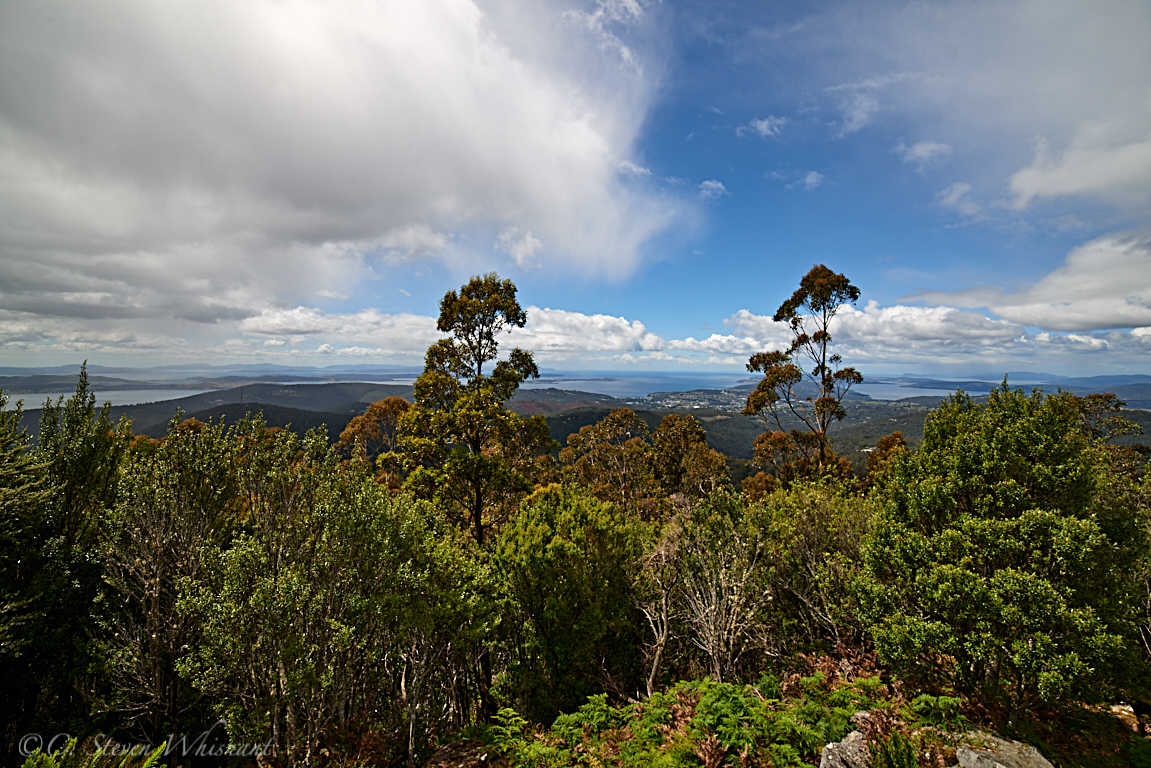The musings of itinerants exploring the world as house/pet sitters and enjoying every minute of it.
Sunday, February 18, 2018
Mount Wellington
When last we climbed (in our car, we're not silly!) to the top of Mount Wellington, it was winter and we were greeted by clouds and a brief snow squall. This time was entirely different: it was summer and we were greeted by clouds and a brief snow squall. See? Entirely different.
To be sure, this time the clouds were fewer and the snow flurries shorter, but it was still cold and the weather highly changeable. This time we could actually see into the distance frequently.
Here is a view of North Hobart and the Derwent River
And here is a view of the harbor area in Hobart and the Derwent as it opens up towards the sea. The section of land that looks a bit like an island on the right is actually a hook of land extending out from the far shore of the river and then turning upstream.
Below, you see in about the center of image (to the right of the hook you saw above) what seems to be a short, hilly peninsula with land on the far side of it. We are living just upstream of this peninsula and the land you see to the south is the northern part of Bruny Island.
It is about 10 degrees (Celsius) cooler at the top of the mountain than at the harbor in Hobart. This means that even in the summertime when it is not really all that hot in Hobart, it is still pretty darned cool up here.
I read on a information sign on the mountain that the highest wind speed recorded here is something in the neighborhood of 174 km/h. The wind certainly not blowing that hard on this day, but it was still a still breeze.
As I mentioned in the winter post about this place, Charles Darwin climbed up here to collect plant specimens. I can only suppose that making the round trip in a single day was what kept him warm. My theory is that the exertion of this strenuous climb helped turn him into a homebody in his later years. It would sure do me in.
Subscribe to:
Post Comments (Atom)





No comments:
Post a Comment
We enjoy hearing from our readers.